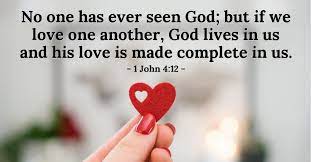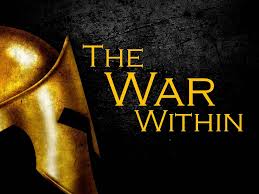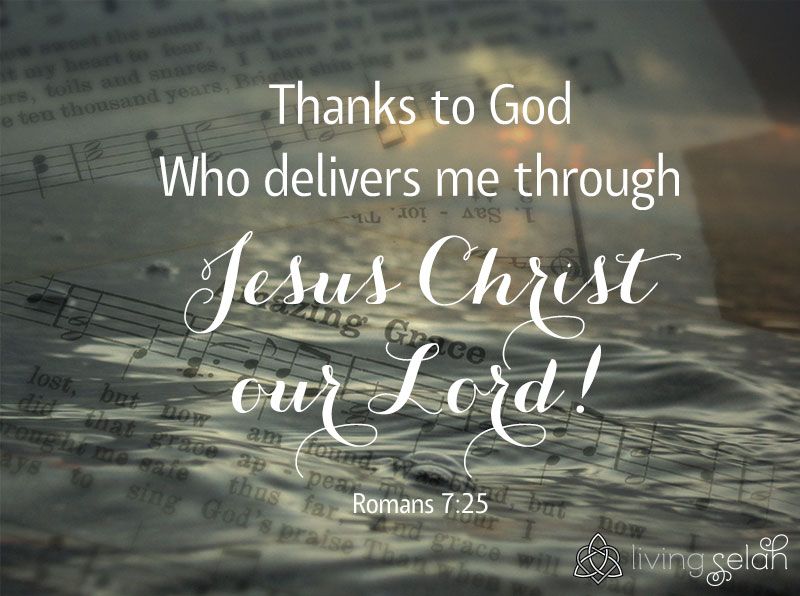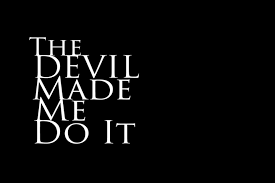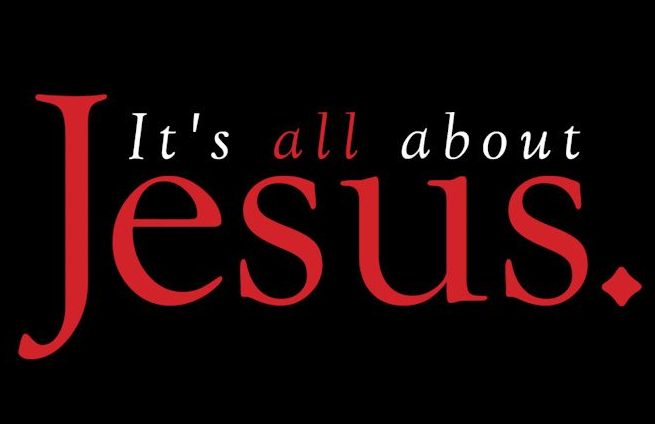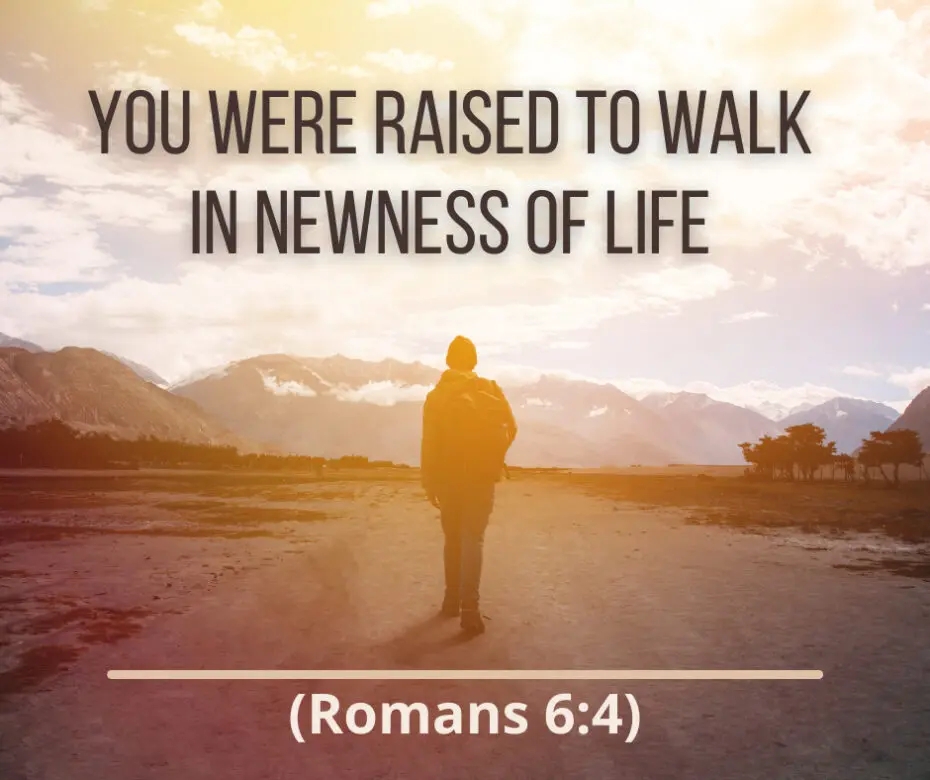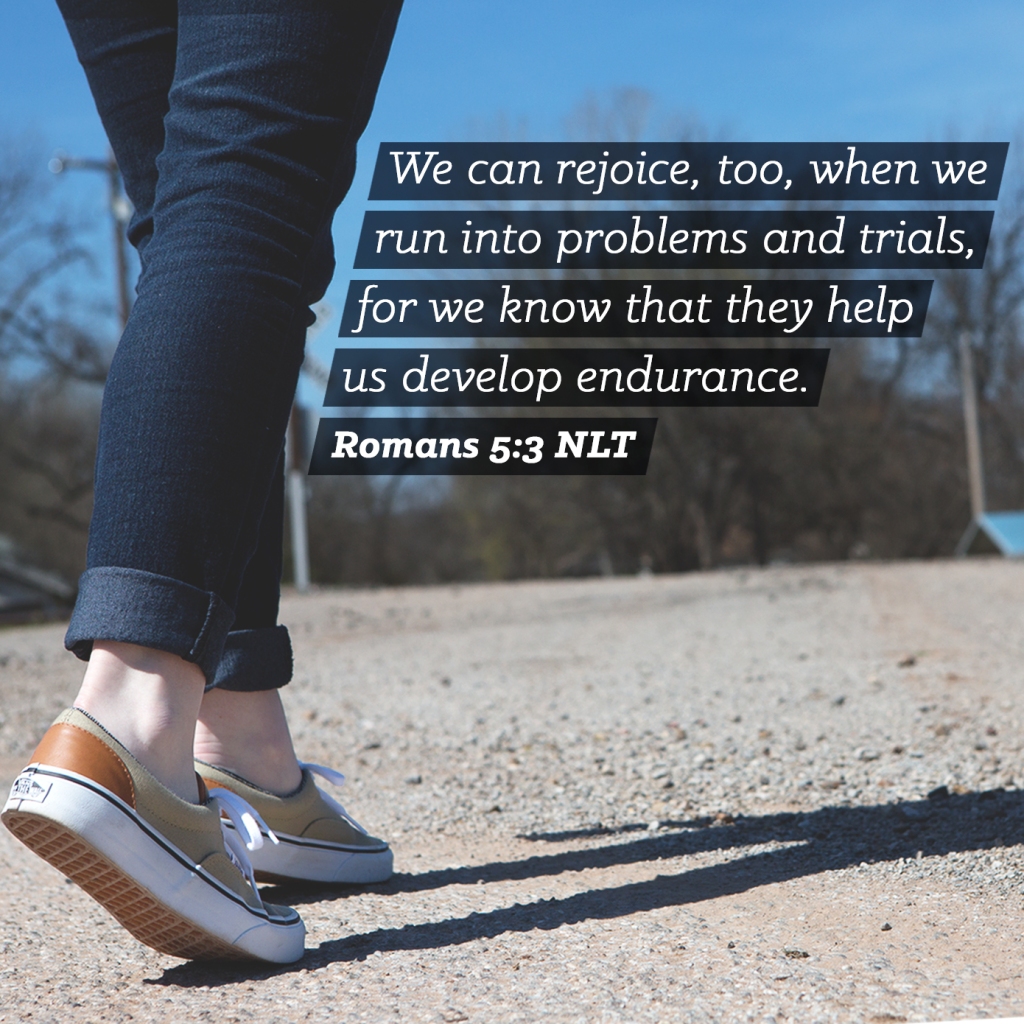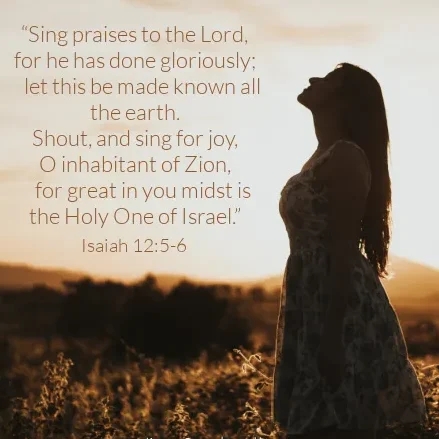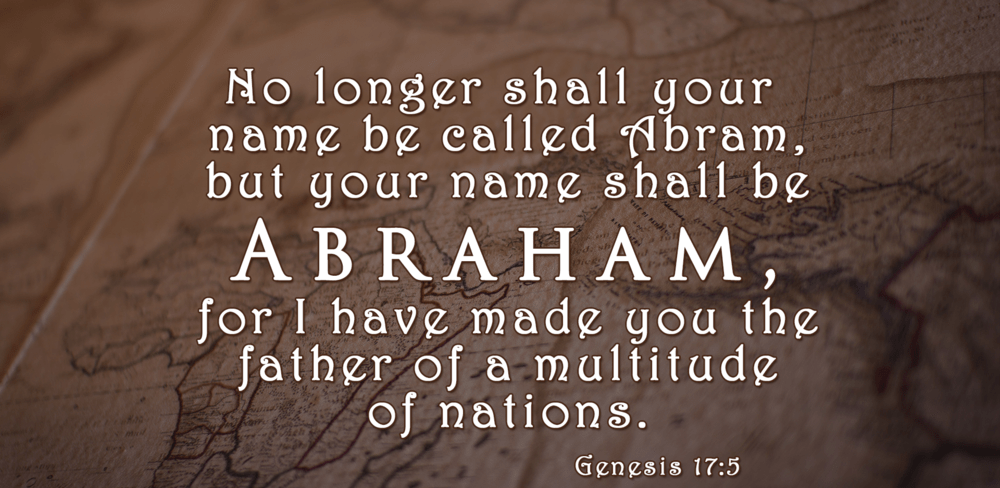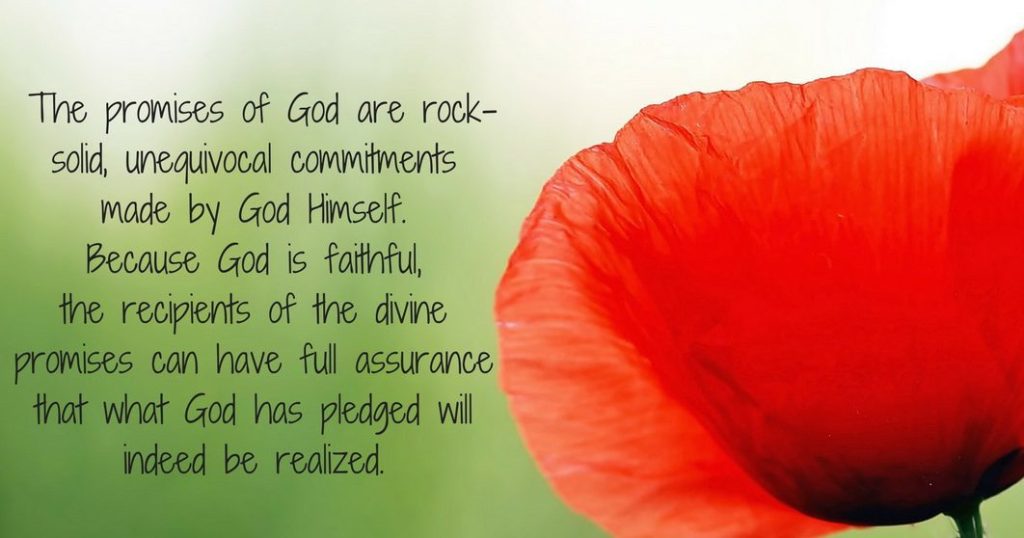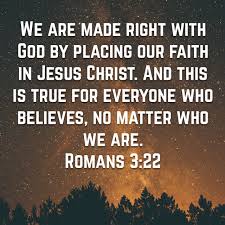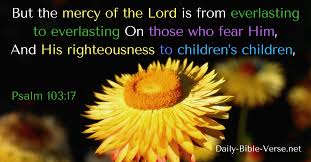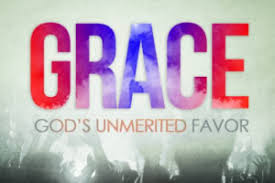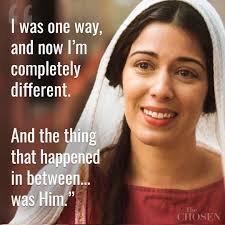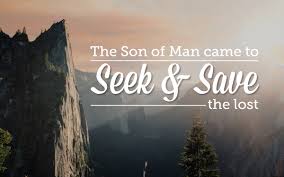I’m praying, God come
And turn this thing around
God, turn it around
God, turn it around
God, turn it around
The latter part of Romans 8, Paul’s encouraging letter to the churches, is probably the words most quoted by pastors, leaders, counselors, teachers who love God with all their hearts, minds, and souls and want to encourage others. Like all believers in Jesus, we know that living in this imperfect world with unbelievers who do not know or have the love of God in them become people we must love like Jesus love us—unconditionally. These troublesome, hurting people will be mockers of our faith with attempts to tear down the very character of our being in an effort to look and feel good about themselves.
“We are hard pressed on every side, but not crushed; perplexed, but not in despair;persecuted, but not abandoned; struck down, but not destroyed. We always carry around in our body the death of Jesus, so that the life of Jesus may also be revealed in our body.” 2 Corinthians 4:8-10, NIV
When crushed and broken in spirit by these momentary episodes of dark behaviors, Paul brings us back to the basics. Even when others do not show love because of not knowing God or His love; God loves us and calls us by name. Remember, Jesus, God’s One and Only Son was not loved or appreciated for His offer of salvation by all people when he walked the earth and demonstrated God’s love to humanity. So, why do we expect anything different as we live for Jesus and point others to Him?
We will go through similar troubles, trials, with humiliating mocking. Even in the world of believers, we poke fun at each other when distracted by darkness, the evil who tempts us with looking and feeling good—thinking that bringing others down will lift us up. But, like Paul reminds believers— “If we go through the hard times with Jesus, then we’re certainly going to go through the good times with Him!” Expect and embrace Jesus! Be certain of Jesus. He IS coming back, you know.
Meanwhile, God has a way of turning things around. His Holy Spirit keeps us focused and grounded when we call on the Name of Jesus for help. He’s done it for me many times…a day! That’s who He is…
I’m calling on the name
That changes everything, yes
God, turn it around
God, turn it around
God, turn it around
All of my hope
Is in the name
The name of Jesus
Breakthrough will come
Come in the name
The name of Jesus
I’m praying, God come
And turn this thing around…
(“God, Turn it Around”; Songwriters: Anthony Skinner / Jess Cates / Jon Reddick)
Romans 8, The Message
We go through exactly what Christ goes through. If we go through the hard times with him, then we’re certainly going to go through the good times with him!
* * *
18-21 That’s why I don’t think there’s any comparison between the present hard times and the coming good times. The created world itself can hardly wait for what’s coming next. Everything in creation is being more or less held back. God reins it in until both creation and all the creatures are ready and can be released at the same moment into the glorious times ahead. Meanwhile, the joyful anticipation deepens.
22-25 All around us we observe a pregnant creation. The difficult times of pain throughout the world are simply birth pangs. But it’s not only around us; it’s within us. The Spirit of God is arousing us within. We’re also feeling the birth pangs. These sterile and barren bodies of ours are yearning for full deliverance. That is why waiting does not diminish us, any more than waiting diminishes a pregnant mother. We are enlarged in the waiting. We, of course, don’t see what is enlarging us. But the longer we wait, the larger we become, and the more joyful our expectancy.
26-28 Meanwhile, the moment we get tired in the waiting, God’s Spirit is right alongside helping us along. If we don’t know how or what to pray, it doesn’t matter. He does our praying in and for us, making prayer out of our wordless sighs, our aching groans. He knows us far better than we know ourselves, knows our pregnant condition, and keeps us present before God. That’s why we can be so sure that every detail in our lives of love for God is worked into something good.
29-30 God knew what he was doing from the very beginning. He decided from the outset to shape the lives of those who love him along the same lines as the life of his Son. The Son stands first in the line of humanity he restored. We see the original and intended shape of our lives there in him. After God made that decision of what his children should be like, he followed it up by calling people by name. After he called them by name, he set them on a solid basis with himself. And then, after getting them established, he stayed with them to the end, gloriously completing what he had begun.
31-39 So, what do you think? With God on our side like this, how can we lose? If God didn’t hesitate to put everything on the line for us, embracing our condition and exposing himself to the worst by sending his own Son, is there anything else he wouldn’t gladly and freely do for us? And who would dare tangle with God by messing with one of God’s chosen? Who would dare even to point a finger? The One who died for us—who was raised to life for us!—is in the presence of God at this very moment sticking up for us. Do you think anyone is going to be able to drive a wedge between us and Christ’s love for us? There is no way! Not trouble, not hard times, not hatred, not hunger, not homelessness, not bullying threats, not backstabbing, not even the worst sins listed in Scripture:
They kill us in cold blood because they hate you.
We’re sitting ducks; they pick us off one by one.
None of this fazes us because Jesus loves us. I’m absolutely convinced that nothing—nothing living or dead, angelic or demonic, today or tomorrow, high or low, thinkable or unthinkable—absolutely nothing can get between us and God’s love because of the way that Jesus our Master has embraced us.
WHAT DO WE LEARN—HOW DO WE RESPOND?
When the world around us brings us down and makes us weary in our walk; call on the Name of Jesus. No words to pray? No thoughts about what to ask? Ask the Holy Spirit who lives in us and knows our hearts to pray for us—He will! How amazing the love of God who provides not only His One and Only Son to save us and advocates for us but also provides His Holy Spirit living in us! Who else does that in our lives? No one!
With God on our side, how can we lose? We cannot. He’s already won the war with darkness! “The One who died for us—who was raised to life for us!—is in the presence of God at this very moment sticking up for us.” Let that sink in…
Christ is my firm foundation
The rock on which I stand
When everything around me is shaken
I’ve never been more glad
That I put my faith in Jesus
‘Cause He’s never let me down
He’s faithful through generations
So why would He fail now?
He won’t
(“Firm Foundation; He’s Gonna Make A Way”, Maverick; Songwriters: Austin Davis / Chandler Moore / Cody Carnes)
God cannot fail. God is forever faithful. Failing is not in His nature. Since God is love, His love never fails, never gives up, never quits, or runs out on us! God’s love is beyond the love of human thinking until we believe. Then God’s love comes to abide in us. The more we get to know God, the more His love is demonstrated in and through us! This is a relationship that cannot be severed by anyone on earth or below the earth!
Like Paul, “I’m absolutely convinced that nothing—nothing living or dead, angelic or demonic, today or tomorrow, high or low, thinkable or unthinkable—absolutely nothing can get between us and God’s love because of the way that Jesus our Master has embraced us.” Are you convinced?
I’ve still got joy in chaos
I’ve got peace that makes no sense
I won’t be going under
I’m not held by my own strength
‘Cause I’ve built my life on Jesus
He’s never let me down
He’s faithful through every season
So why would He fail now? (Shout it out)
… He won’t!
Lord,
Thank you for your blessed assurance of our intimate relationship of unfailing love with You. Help me by your power working in me to love others like you love us. Cleanse my heart, renew my thinking that transforms my behaviors, refresh my soul with your new mercies for today while restoring the joy and peace of you in me and me in you. You love me. I love you back. This is an eternal commitment. I’m yours. I will live joyfully expectant!
In Jesus Name, Amen
… Rain came, wind blew
But my house was built on You
I’m safe with You
I’m gonna make it through…

















